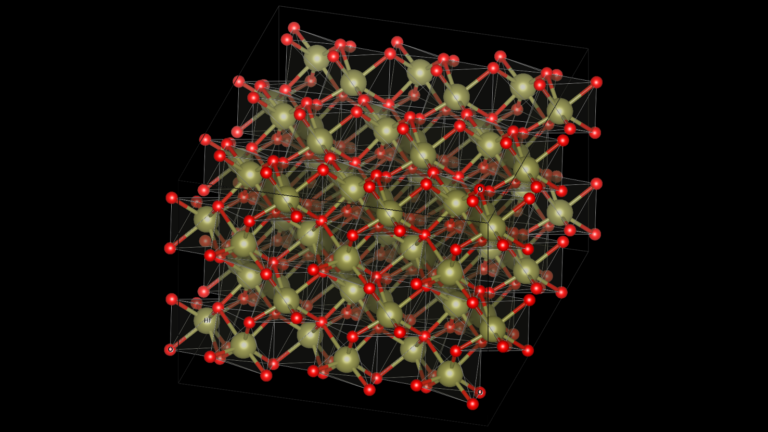
Computational energy efficiency has become a primary decision criterion for most supercomputing centers. Data centers, once built, are capped in terms of the amount of power they can use without expensive and time-consuming retrofits. Maximizing insight in the form of workload throughput then means maximizing workload per watt. NVIDIA products have, for several generations��
]]>
Quantum computing (QC) will drive a new wave of advances across a myriad of industries and domains. Simulating quantum circuits on the current class of computers is imperative to technology evolving to the next level of quantum computing in the future. NVIDIA cuQuantum is an SDK of optimized libraries and tools for accelerating quantum computing workflows. Developers can use cuQuantum while��
]]>
Quantum computing has the potential to offer giant leaps in computational capabilities. Until it becomes a reality, scientists, developers, and researchers are simulating quantum circuits on classical computers. NVIDIA cuQuantum is an SDK of optimized libraries and tools for accelerating quantum computing workflows. Developers can use cuQuantum to speed up quantum circuit simulations based��
]]>
For this interview, I reached out to Janus Juul Eriksen, a Ph.D. fellow at Aarhus University in Denmark. Janus is a chemist by trade without any formal education in computer science; but he is getting up to 12x speed-up compared to his CPU-only code after modifying less than 100 lines of code with one week of programming effort. How did he do this? He used OpenACC. OpenACC is a simple��
]]>